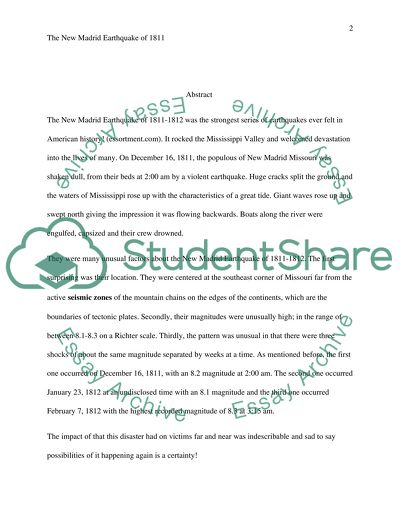Cite this document
(“The New Madrid Earthquake of 1811-1812 Research Paper”, n.d.)
Retrieved from https://studentshare.org/family-consumer-science/1417261-the-new-madrid-earthquake-of
Retrieved from https://studentshare.org/family-consumer-science/1417261-the-new-madrid-earthquake-of
(The New Madrid Earthquake of 1811-1812 Research Paper)
https://studentshare.org/family-consumer-science/1417261-the-new-madrid-earthquake-of.
https://studentshare.org/family-consumer-science/1417261-the-new-madrid-earthquake-of.
“The New Madrid Earthquake of 1811-1812 Research Paper”, n.d. https://studentshare.org/family-consumer-science/1417261-the-new-madrid-earthquake-of.


